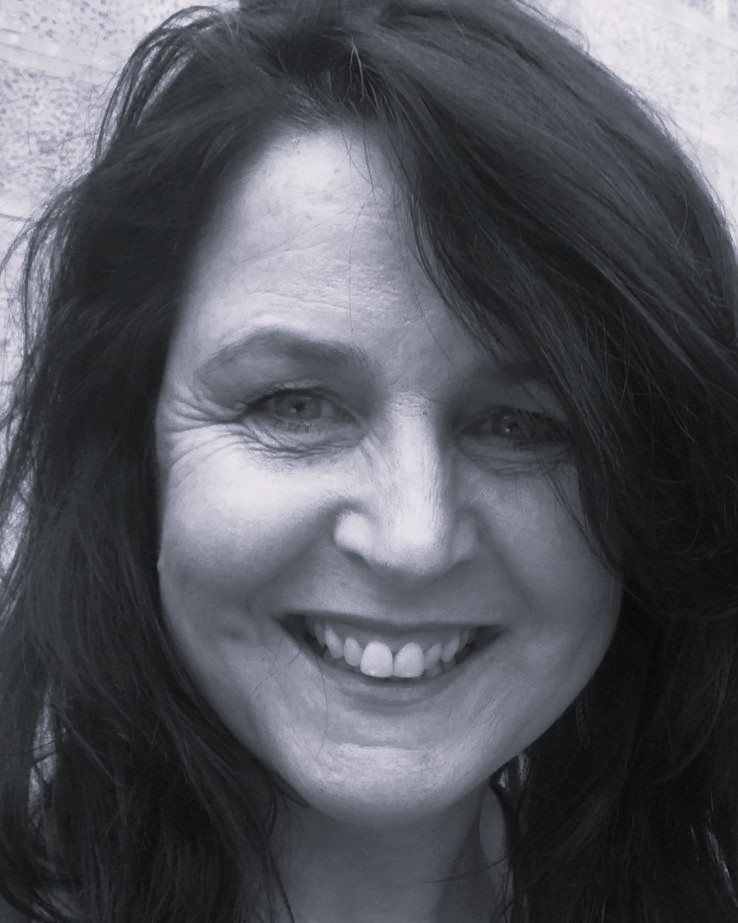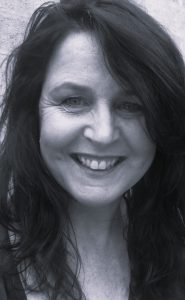
Emryn Ingram-Shute

Emryn Ingram-Shute’s practice is concerned with the affective space between the artist, object and viewer. Her practice interrogates the power structures embedded within objects and how our relationship to materiality is not passive but naturally entangled. Through the reconfiguration of found objects and industrialised materials, her work aims to break down binaries and significations beyond language.
No Colour in War
No Colour in War is an installation that highlights the tragedy that unfolded in Ukraine when it was invaded in 2022. The structures initially derive their form from anti-tank obstacles, alternately termed Czech Hedgehogs. The appearance of anti-tank obstacles in a cityscape is typically the first visual intrusion that is experienced by a country’s citizens when faced with the threat of war. Through the deconstruction of their form she offers a message of hope to all those suffering due to war.
What sparked the idea for the work you are exhibiting at SWELL this year?
I felt compelled to highlight the tragedy of the war in Ukraine through this installation. It was a response to seeing monuments sandbagged up to their necks and streets filled with anti-tank obstacles in Kiev, in February 2022. Anti-tank obstacles are large steel crosses that fortify the city and are usually the first sign of war’s intrusion. When I heard Ukrainian artist’s studios were diverted in to fabricating anti-tank obstacles due to the invasion I asked myself what could I do as an artist here in the safety of Australia? How can I raise awareness and money to help the people of Ukraine. So, I deconstructed the anti-tanks original form and filled the steel frame with coloured perspex to send a message of hope for a return to normality and solidarity to those suffering due to war. This installation has grown from its original form of nine large crosses to thirty here at SWELL.
What’s something people might not realise about the process behind your work?
My family and I have been making traditional Pysanky Ukrainian Easter eggs for thirty-five years. It is a multi-layered wax and colour process using a special instrument called a kiska to draw wax designs onto an egg. It is very similar to the process of Batik.
I think this process of making these eggs was somehow deeply embedded in my psyche and helped me come to the idea to make No Colour in War. When I was exposed to the news showing the the anti-tank obstacles I remember wishing that instead of being steel and concrete that the anti-tank obstacles were filled with colour. To make them I first had to research their shape and size and so I made one out of cardboard to test the idea out. I then went to the Ukrainian Business Community to make sure I was not being culturally insensitive and they gave their blessing for the project. When the first prototype was made and I first saw the light come through them their shadow resembled one of the traditional crosses of the Pysanky Ukrainian Easter eggs. It was then, that I knew something beyond my own rational had come through. It was an embodied and spiritual memory of Ukrainian egg painting.
What role does location or environment play in your sculptures?
As a sculptor the space and environmental that an object sits in is imperative to its activation. For me, the viewer is an important part of this space. I am interested in how we are compelled to move and look when we encounter a sculpture. I think about these things when I place sculpture. The installation No Colour in War is intended to create an experience of disruption. Working with scale and obstruction, I hope the viewer will be given an opportunity to experience the intrusion of war into ordinary life. The overlapping spatial colours are intended to simultaneously give a sense of hope and chaos with war’s intrusion. For this reason the modularity is not intended to create a determinate design but an open-ended configuration to highlight a sense of loss and control. The modular structure also implies an ease of assemblage which gives a sense of the immediacy in the disruption by war and the innovation that responds to such tragic events.
Is there a moment or memory that shaped you as an artist?
I came to art only seven years ago. However, before that, I was a general auctioneer and I always loved objects. The moment that shaped me as an artist was when I took a short drawing course at the National Art School in Sydney. By the end of the week I felt this mark rising from my body and I just had to put it on paper. This was the first moment I experienced using my body to bring objects into the world through their materiality. I have since completed my Bachelors and Master in Fine Art majoring in Sculpture at National Art School. I now also have the privilege to teach at National Art School and hope to encourage my students to play and to keep making, not be focused merely on outcome.
What keeps you coming back to sculpture as a form of expression?
I am particularly interested in how power structures are embedded within objects and how our relationship to materiality is not passive, by its very nature we are entangled with it. Through the distillation of objects or their reconfigurations, constructions and deconstructions I hope to open the possibility for the viewer’s interaction to break down binaries and dualisms, beyond language. For me, sculpture has the potential to change not only myself through the act of making but has the potential to change through connections, ideas and disruption of social conditioning.
If you could install your work anywhere in the world, where would it be and why?
My wish for this installation is to be inserted into present and past places of conflict that it might give a flicker of recognition, if just for a moment, to see each other’s humanity and to see that we are not seperate from each other.
Instagram @emryn_ingramshute
Come and see for yourself at SWELL Sculpture Festival, Pacific Parade, Currumbin 12th – 21st September.
